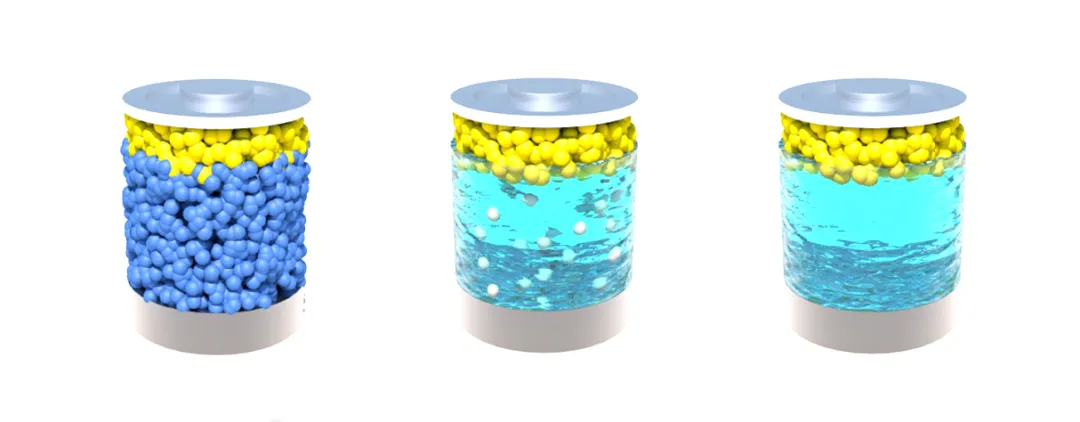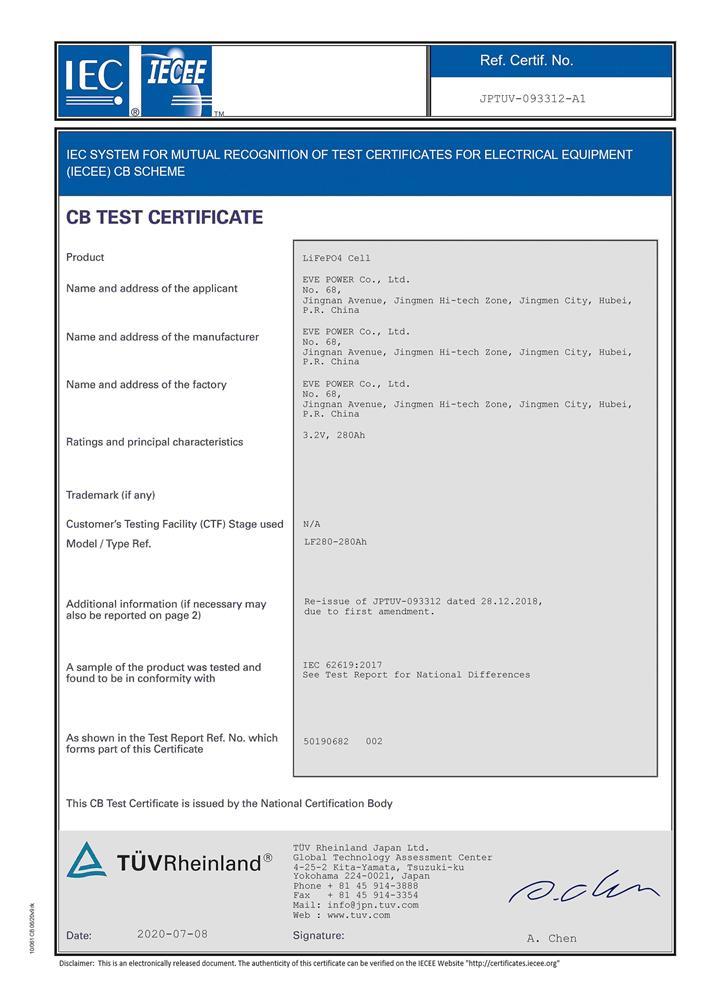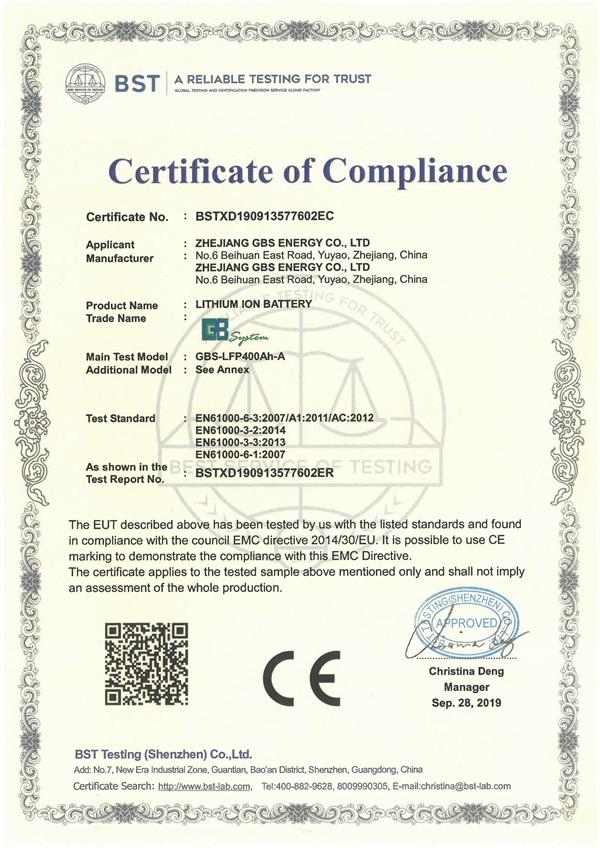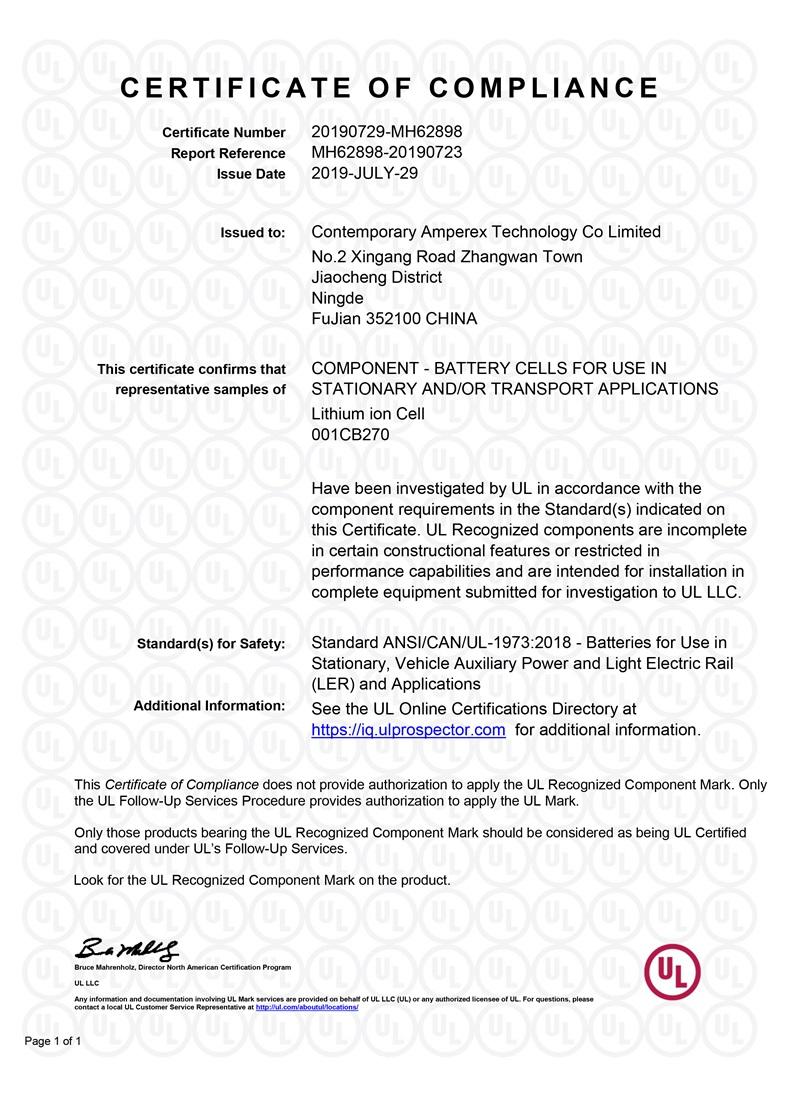Blog
Comprehensive Guide to Solid-State Battery Technologies: Polymer vs Oxide vs Sulfide
2025-07-15 | Calvin

With the rapid development of electric vehicles, energy storage systems, and consumer electronics, there is a growing demand for battery technologies that offer higher energy density and improved safety. Among them, all-solid-state batteries (ASSB) are emerging as a next-generation solution poised to replace traditional liquid lithium batteries.
At the core of solid-state battery systems lies the solid-state electrolyte. Depending on the material used, the three major solid-state battery technology routes include: polymer electrolytes, oxide electrolytes, and sulfide electrolytes. Each has its own strengths and weaknesses. This article provides a comprehensive comparison of their performance, applications, and commercialization progress—helping you understand industry trends and strategic directions.
What Makes an Ideal Solid-State Electrolyte?
In an ideal scenario, a solid-state electrolyte should meet the following criteria:
- High ionic conductivity: Preferably exceeding 10⁻³ S/cm to ensure efficient energy output.
- Compatibility with lithium metal anodes: To suppress dendrite formation and prolong battery life.
- Chemical and electrochemical stability: To avoid side reactions with electrode materials.
- Simple and cost-effective manufacturing: For feasible large-scale production.
- No reliance on rare metals: For a sustainable supply chain.
However, none of the three mainstream electrolyte materials fully satisfies all these conditions yet. Let’s explore their characteristics in detail.
1. Polymer Electrolytes: Mature Technology, Limited Performance
✅ Advantages:
- Simple processing: extrudable, pressable, and coatable.
- Flexible: Ideal for wearable and bendable electronics.
- Compatible with existing battery manufacturing lines.
- Most mature technology with small-scale commercialization.
❌ Disadvantages:
- Low ionic conductivity (10⁻⁶ to 10⁻⁴ S/cm), especially unstable at room temperature.
- Usually requires temperatures above 60°C to operate effectively.
- Poor chemical stability, incompatible with high-voltage cathodes (>4V).
- Narrow electrochemical window, posing fire risks.
🟢 Use Cases:
Suitable for low-power devices such as smartwatches, electric shavers, smart glasses, etc., where energy density and thermal management demands are low.
2. Oxide Electrolytes: Balanced Performance and Safety
✅ Advantages:
- High thermal stability, withstanding up to 1000°C.
- Good chemical and electrochemical stability, compatible with various electrodes.
- Abundant raw materials; no need for precious metals.
- Better structural integrity; air-stable.
❌ Disadvantages:
- Moderate ionic conductivity (~10⁻⁴ to 10⁻³ S/cm), less than sulfides.
- Very hard, leading to poor interface contact with electrodes.
- Requires high-pressure pressing during manufacturing.
- Interface voids and high contact resistance are common issues.
🟢 Use Cases:
Ideal for semi-solid-state batteries, balancing safety and energy density. Widely used in automotive and energy storage pilot projects.
3. Sulfide Electrolytes: Most Promising Route
✅ Advantages:
- Highest ionic conductivity (up to 10⁻² S/cm), comparable to liquid electrolytes.
- Excellent interface contact with electrodes and low resistance.
- Good plasticity, enabling dense cell structures.
- Wide electrochemical window (>5V), supporting high-voltage systems.
- Potential for high energy density, high rate performance, and enhanced safety.
❌ Disadvantages:
- Reacts easily with electrode materials, requiring surface coating treatment.
- Sensitive to moisture and oxygen, may release toxic H₂S gas.
- Strict manufacturing conditions: must be made in dry, oxygen-free environments.
- High raw material cost and price volatility of key compounds like Li₂S.
🟢 Use Cases:
Widely regarded as the key route to industrializing all-solid-state batteries. Ideal for electric vehicles, aviation batteries, and high-end energy storage systems.
Technology Route Comparison Table
| Metric | Polymer Electrolyte | Oxide Electrolyte | Sulfide Electrolyte |
|---|---|---|---|
| Ionic Conductivity | Low | Moderate | High |
| Mechanical Properties | Flexible | Very hard | Good |
| Chemical Stability | Poor | Good | Average (requires interface modification) |
| Electrochemical Window | Narrow (<4V) | Moderate | Wide (>5V) |
| Manufacturing Difficulty | Low | Moderate | High (moisture/oxygen control needed) |
| Commercialization | Mass production achieved | In development | High potential, lab stage |
Summary & Outlook: Who Will Win the Race?
Looking at current trends:
- Polymer electrolytes lead in commercialization due to simple processing and flexibility, but offer limited performance—ideal for small electronics.
- Oxide electrolytes strike a balance between safety and performance, suitable for semi-solid-state paths.
- Sulfide electrolytes offer the strongest overall performance and are widely seen as the best hope for fully realizing solid-state batteries at scale.
Breakthroughs in material stability, interface treatment, and cost control will determine whether solid-state batteries can move from lab-scale to full industrial application.
- Next:How Cold Weather Affects LiFePO4 Lithium Batteries: What You Need to Know
- Previous:Tesla Battery Types: A Simple Guide for Model S, 3, X, and Y
Contact Details
Lithium LiFePO4 Batteries and Lithium LiFePO4 Cells Supplier - LiFePO4 Battery Shop
Contact Person: Miss. Elena Wang
WhatsApp : +8615263269227
Skype : +8615263269227
WeChat :15263269227
Email : info@lifepo4batteryshop.com
All Products
- A123 Battery (5)
- Sinopoly Battery (7)
- GBS Battery (16)
- CALB Battery (22)
- Cylindrical Cell (3)
- Energy Storage System (0)
- Battery Management System (2)
- Sodium ion Battery Cell (3)
- Lithium Titanate Battery (16)
- Ternary Lithium Battery Cell (11)
- REPT Battery (8)
- BYD Battery (2)
- CATL Battery (14)
- Thunder Sky Winston Battery (21)
- EVE Battery (29)
- LiFePO4 Battery Cell (4)
Certification
Customer Reviews
- I have fond memories of our meeting in Shanghai with LiFePO4 Battery Shop Elena. Your company left a strong impression on me with its impressive growth and professionalism. We both value straightforwardness and honesty, which I believe are the most important qualities in any partnership. I am confident that we can build a successful collaboration based on these shared values. —— Robert from USA
- I've been working with LiFePO4 Battery Shop for years, and their reliability is unmatched. While other suppliers frequently change sales teams, LiFePO4 Battery Shop has consistently provided exceptional service with a stable team. Their commitment to quality and customer support truly sets them apart. —— Henry from Australia



